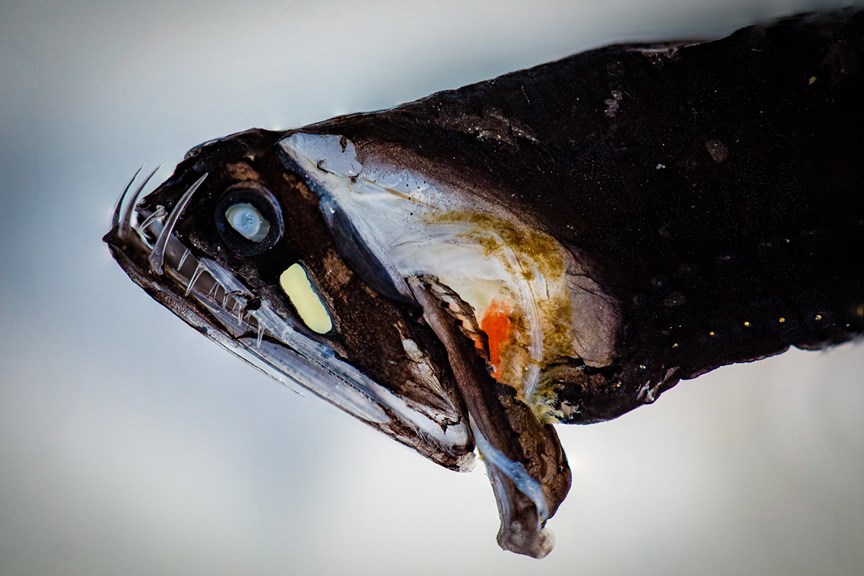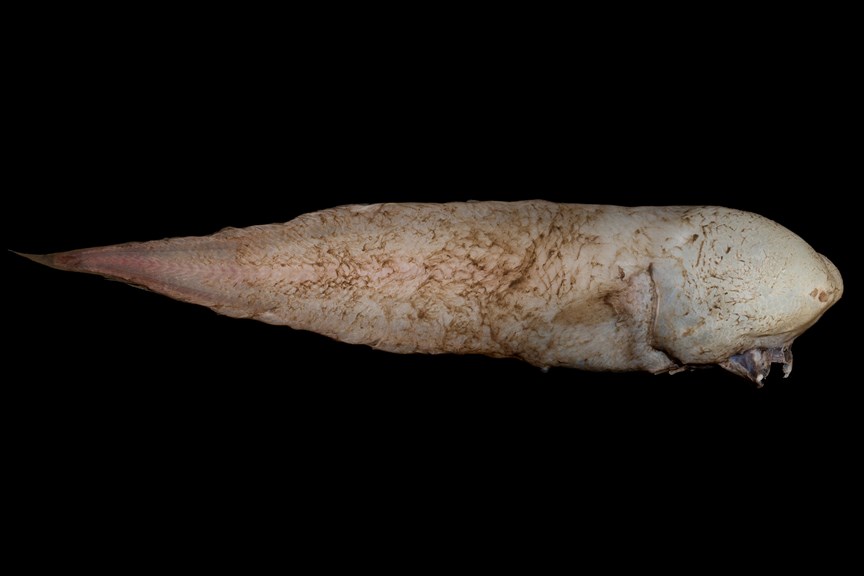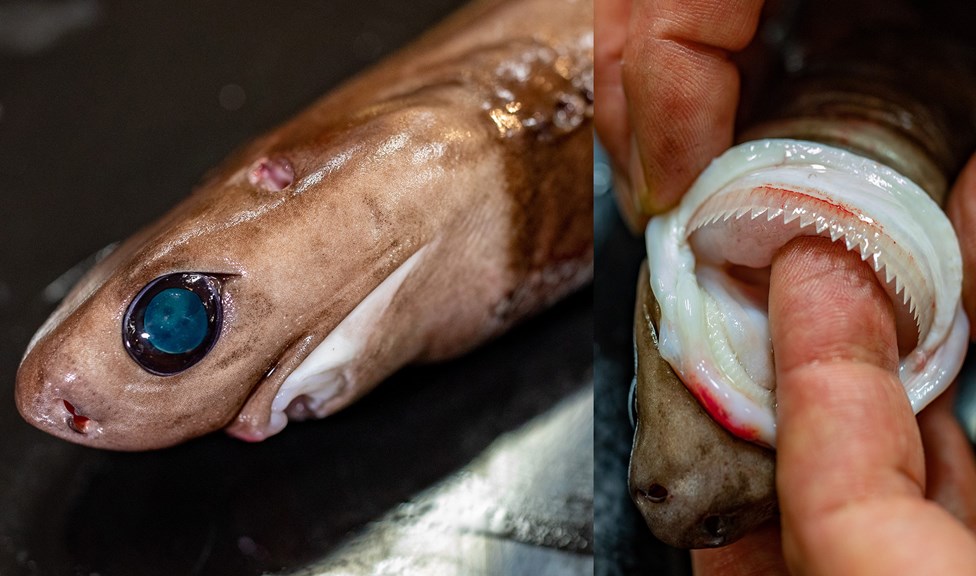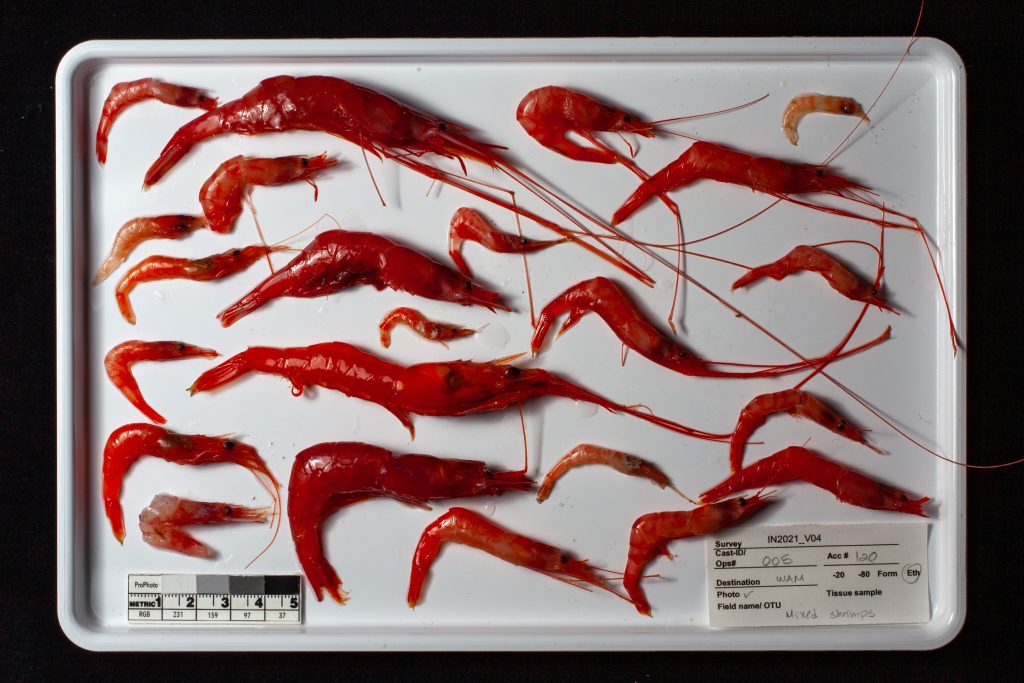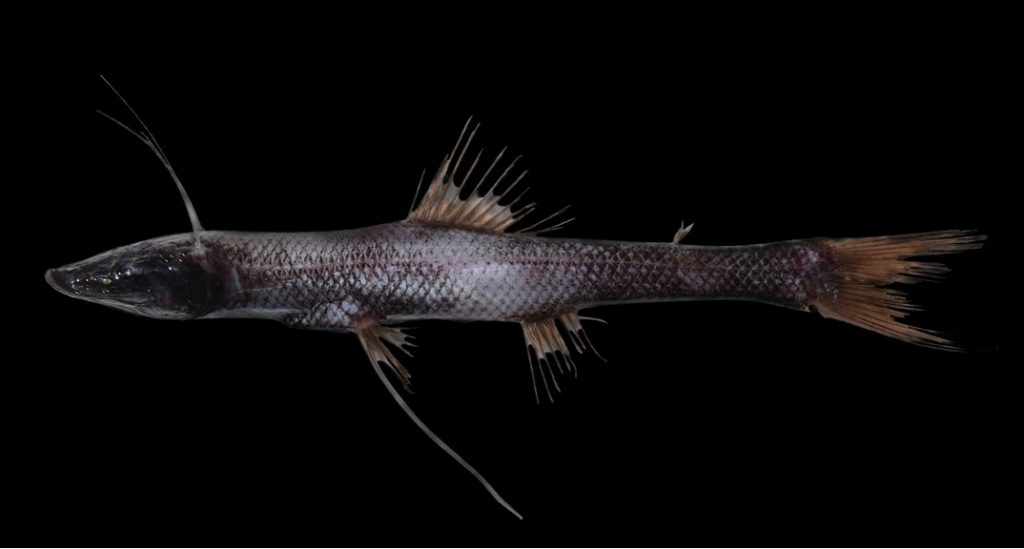Headless chicken monsters. Dumbo octopuses. Faceless fish. Weird and wonderful species live in Australia’s deep seas!
This October, we’re giving schools the chance to live stream a scientists (led by Museums Victoria) on a ‘floating classroom’: the CSIRO’s RV Investigator science ship.
Before you join the 30 minute live stream, we encourage you to:
- Watch this fantastic overview film of the expedition by Museums Victoria
- Watch this short clip of scientists collecting and sampling the beam trawl
- Scroll through this brilliant interactive webpage to learn what lives in the ocean’s depths.
- Learn about how deep-sea creatures survive in the crushing dark
- Watch the live stream from the front of the ship – you can see what the captain sees!
- See where the ship is right now on this map
- Follow the latest photos and films from the expedition, on Facebook, Twitter and Instagram.
- FAQs for teachers connecting to the live stream.
And if you have a time to learn more, read on!
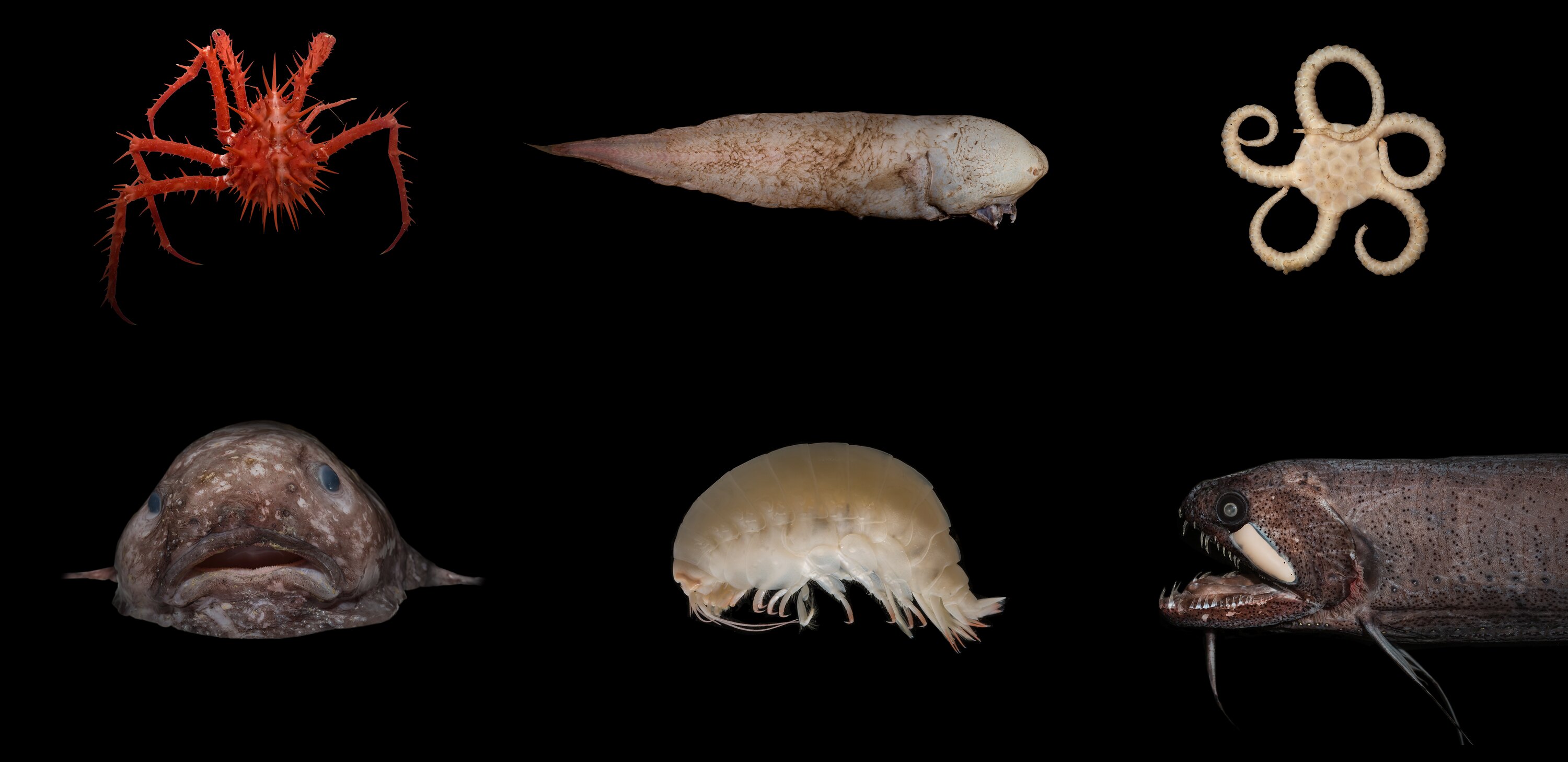
About the voyage:
- This is the CSIRO’s voyage overview
- What did we find in the nearby 2021 voyage? Here is an overview by Museums Victoria. And an interview from CSIRO.
What kind of science is happening on board?
- Collecting deep sea species by sampling with nets
- Capturing footage of the deep sea and see floor with the ‘deep towed camera’
- Mapping the seafloor. In 2021, this mapping helped find a seamount that looked like it was from Lord of the Rings!
- Measuring our ocean’s salinity, dissolved oxygen, temperature and nutrients with the CTD. Also see this film by Bush Blitz.
- Collecting weather information with the ship’s radar
- Curriculum links for a range of resources from teacher who have been on the ship
Life in the deep sea
- Understand the effect of pressure in the deep sea: What happens when you send styrofoam cups into the ocean’s depths?
- This webpage shows a brilliant mix of photos and films about a deep sea voyage done in southern Australia
- Learn about deep sea black corals in this short film
- An animation about ‘The sinking dead’: What happens when a sea creature dies?
- Fishes of Australia: the definitive online guide to fresh and saltwater fish around the country.
All about the ship: the RV Investigator
- The official website for the CSIRO RV Investigator
- Life at sea aboard a Research Vessel
- A 360 video walk around of the RV Investigator
- A virtual tour of the RV Investigator
- Join this live tour of the ship while it’s docked in Hobart
- A film on the ship rolling with swell, on its way to Christmas Island in 2021
- Drone footage from above and below the ship
- The equipment and capabilities of the RV Investigator
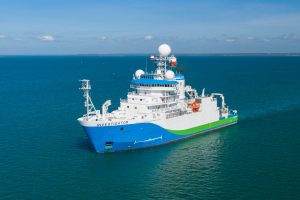
A map of the trip (we are following the red line)
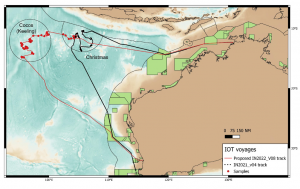
10 creatures of the deep (found nearby, in the 2021 voyage)
- The dragonfish: This species uses bioluminescence to expose their prey. They can go for months without food.
- Tripodfish: The Bathypterois tripodfish as elongated bony fins sometimes 1m long, so it can ‘stand’ on the ocean floor.
- ‘Faceless Fish’: This fish was only discovered by scientists on a similar voyage (along the east coast) in 2017.
- Sea pigs: Sea pigs are a type of sea cucumber with little tube-like legs.
- Cookiecutter shark: Attaches to prey with its sucking mouthpart, then spins to take a cookie-shaped plug of flesh!
- Fangtooth: Has a large head and a large mouth full of long, pointed teeth. It can live down to 5000m.
- Dumbo octopus: This octopus looks like the famous flying elephant, with ‘ears’ that it flaps to swim.
- Bony-eared assfish: This cusk-eel has a large head, a tapering flabby body, and an unfortunate name.
- Cold-water corals: You’ve probably heard of shallow-water tropical corals, but many coral species can live in the deep, dark sea.
- Brittlestars: Use their arms to grab floating organisms and organic matter and direct it to jaws on their body’s underside.
For more species, check out this deep Sea critters factsheet (from species found on the 2021 voyage)
15 facts about the expedition and the deep sea
- There are currently 50 people on board the RV Investigator science ship. That includes 10 technicians, 19 crew, and 21 scientists.
- We will be on the water for 35 days. We left Darwin, will travel to Cocos (Keeling) Islands, and finish our journey in Perth.
- It takes seven days to motor from Darwin to Cocos (Keeling) Islands.
- The waters around Cocos (Keeling) Islands can be as deep as 6000 metres! The average depth of the entire ocean is about 3700 metres. The titanic sunk to a depth of 3,800 metres.
- At 4000m below sea level, the water temperature can be 4°C, as cold as your fridge!
- Most of the ocean’s life is found within 200 metres of the surface. This is called the ‘littoral zone’. Then there is the ‘bathyl zone’ (200 to 3000m) and the ‘abyssal zone’ (3000 to 6000m). Anything deeper than that is the ‘hadal zone’. Sometimes 1,000 to 4,000 m below sea level is called the midnight zone.
- 332 meters is the deepest any human has ever scuba dived. It was set by Ahmed Gabr in 2014.
- The deepest part of the ocean is called the Challenger Deep, at approximately 10,935 metres deep.
- Red light has the longest wavelength, so it’s the first to be filtered out by the water at about 100 metres below the surface. Many deep sea species use the colour red as camouflage because it leaves the spectrum as you dive deeper.
- Many deep-sea creatures cope by creating light themselves – this is known as bioluminescence. Anglerfish have a large bioluminescent lure used to attract prey in the darkness.
- Many species use ‘countershading’ to camouflage: adjusting their body pigmentation to match their background. They are lighter underneath (so they don’t form a silhouette from below) and darker above (so they can’t be seen by prey above).
- Daily vertical migration: As you move deeper in the ocean, there is less and less food. So at night many deep sea species migrate to the upper 200m to feed in the biomass-rich surface layer of water. At night, they can still hide from predators in a dark environment.
- Seamounts (underwater mountains) surveyed on this this voyage are mostly from late Cretaceous age (65-80 million years ago).
- RV Investigator is 94-metre long. It has a beam (width) of 18.5 metres. It is 10 storeys high internally.
- RV Investigator can accomodate 40 researchers and technicians, and 20 crew. It can travel for 60 days and 10,000 nautical miles without needing to resupply.
It’s a very exciting expedition, and we can’t wait to share some stories of science and life at sea with you!
This research is supported by a grant of sea time on RV Investigator from the CSIRO Marine National Facility.



